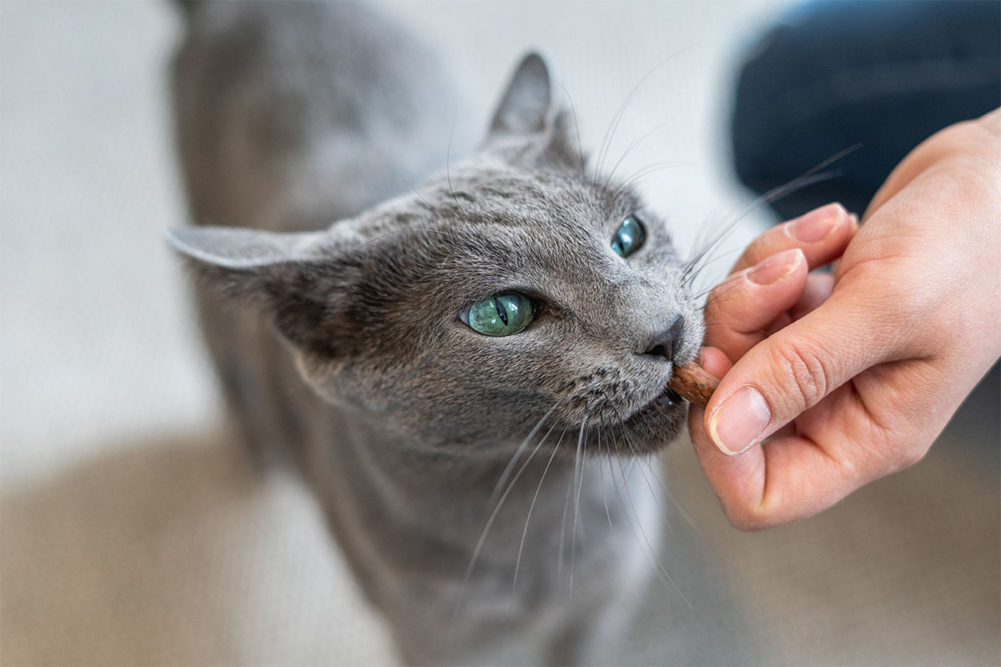ROCKVILLE, MD. — Many pet parents view pet treats as a means for strengthening the owner-pet bond, but purchasing sentiments for these discretionary products vary from those experiencing inflationary pressures to those seeking the highest-quality products at any cost. To compete in today’s saturated pet treat market, brands must consider both ends of this spectrum and the consumers in between, as well as emerging ingredients, functional attributes and portfolio diversification.
According to Packaged Facts, pet treat sales topped $11 billion in 2022, including both brick-and-mortar and online sales. E-commerce held the largest share of this market at 34% of sales.
Although the pet treat market continues to benefit from increased interest in treating seen during COVID-19, most of the growth for this category in 2022 can be attributed to inflation, rather than increases in unit sales.
More than half (57%) of pet owners noted concern about rising pet treat prices, including 25% who are “very concerned” and another 32% who are “somewhat concerned.” This hesitancy toward discretionary pet products has turned owners toward value-added options such as multi-functional treats and dental chews, according to Packaged Facts’ analysis.
Additionally, the market research firm noted usage rates for private label dog treats have grown since 2019. With a significant number of owners paying closer attention to their pet product spending, value and private label brands have an opportunity to capitalize on their affordable pricing strategies.
However, this trend does not necessarily extend to pet supplement shoppers. According to a recent survey by MarketPlace, these shoppers are looking to their own expenditures before entertaining the idea of cutting spending on their pets.
Cat treat sales continue to grow at a quicker pace than that of dog treats, although dog treats still make up the vast majority (78%) of total sales. More specifically, indulgent treats account for 36% of total pet treat sales, while rawhide/long-lasting chews, functional treats and dental chews make up smaller shares of the category.
“Demand for more cat-specific treats is growing every year, presenting more opportunities for marketers willing to expand their offerings to embrace this ‘second-class pet,’” wrote Shannon Landry Brown, brand manager for pet market research at Packaged Facts.
Packaged Facts shared the top two trends fueling the US pet treat market are humanization and health and wellness. Sustainability and ingredient transparency are also being transposed onto this category from the pet food market.
“Not only do pet owners use treats to encourage good behavior (for training purposes, for example), they use them to express feelings of affection; ‘treat time’ has become a way for pet owners to show their pets just how much they mean to them,” Brown added.
The humanization of pets is evolving toward preventive health care, which has led to a rise in products touting dental health, weight management and life stage-specific benefits. Additionally, pet parents who seek pet treats that mirror their own dietary desires — regardless of price — place treats with “undesirable” ingredients, including artificial flavors, colors and preservatives, in the shadow of higher-quality treats with functional health attributes, Packaged Facts shared.
Regardless of inflationary pressures, the market research firm expects the pet treat market to continue on its growth path in the next five years, with growth driven by value-positioned treats, cat treats and alternative protein treats.
Read more about pet treat products.



